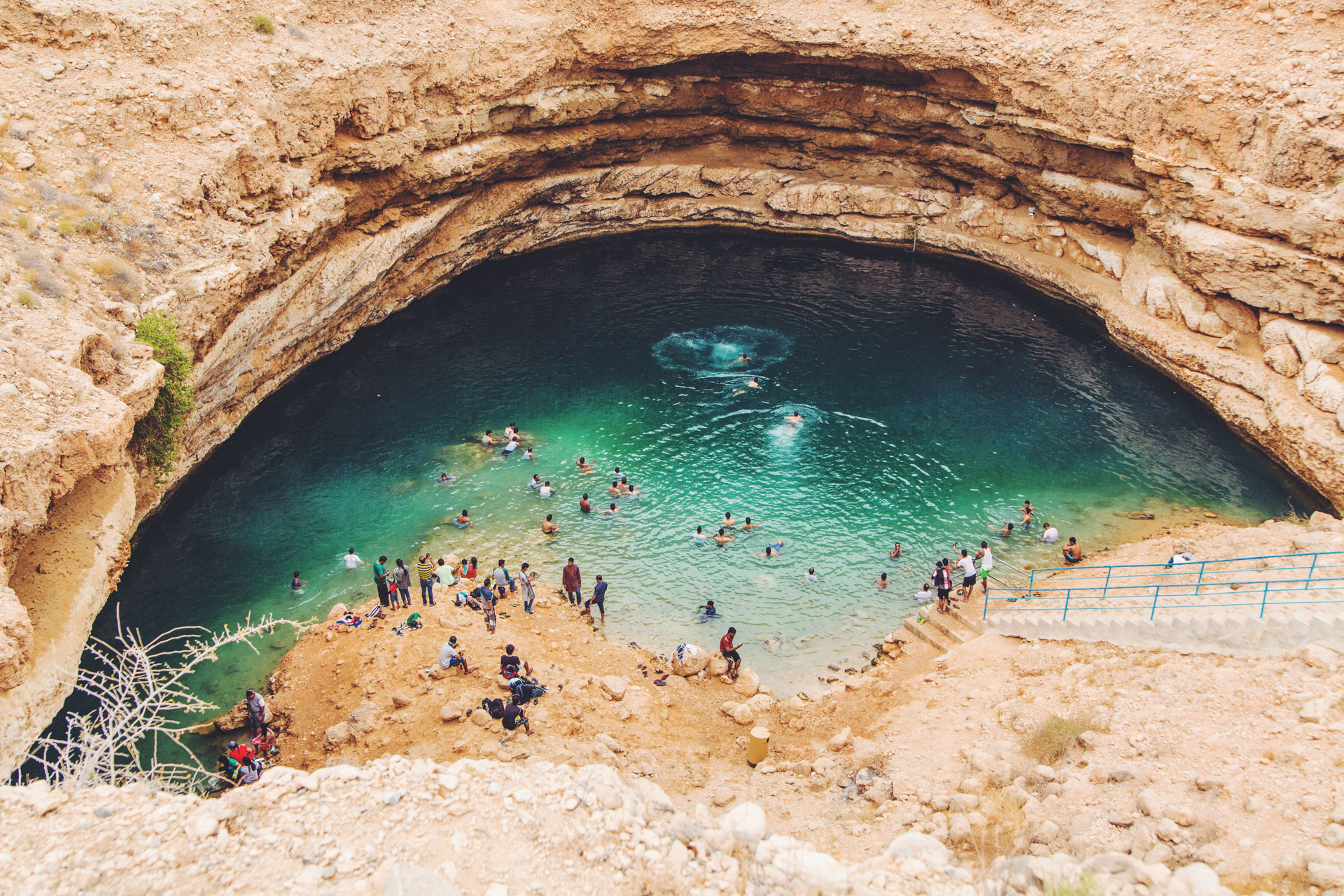Where to start with going green
As part of our ongoing commitment to champion sustainable tourism, we’re breaking down not only what the travel industry is doing to lower its carbon footprint and give back, but what we as travellers should be considering before booking our next getaway. Let’s start at the very beginning: what exactly is ecotourism? And is making travel sustainable enough, or do we need to go further?
What Is Sustainable Tourism?
Going green has never been more important. The current environmental crisis requires action and consideration in all areas of life but travel, by its nature, has the power to be a catalyst for positive change. Like so many other industries, tourism in its current form has become unsustainable; the very ecosystems, climates, and communities that we value enough to visit are being put at risk. Making travel sustainable means adapting practices and shifting toward protection, conservation, and positive community action.
At its core, sustainable tourism is about shifting our perception of travel and the purpose of our trips. It should not be about extraction, but a mutual exchange, what are you getting out of your trip, and what are you giving back? Whether that is supporting the local community by getting out and investing in local businesses and taking positive action to conserve the environment you’re visiting or booking with travel companies who have taken on that social and environmental responsibility for you and are operating under the highest principles of responsible tourism.
Costas Christ, founder of Beyond Green, told us: “There are three pillars of sustainable tourism.”
- “One, environmentally friendly practices, this is the Reduce, Reuse recycle part of it.
- “Two, support for the protection of cultural and natural heritage, cultural diversity, natural heritage, endangered species, biodiversity, natural landscapes and so on, cultural heritage, living cultural heritage, contemporary music, dance, art, even fashion and so on, and what we call historic cultural heritage, historical monuments, archaeological sites, and so on.
- “And then the third pillar is the social and economic wellbeing of local people.”
“When you bring those three together, travel transforms into a very powerful force that can alleviate poverty, that can protect some of the world’s rarest and most iconic sacred sites and archaeological wonders, can put vast areas under protection and habitat restoration and reduce its carbon footprint.”
UK Eco-Staycations To Book Now
Beyond Sustainability
Something that leaders in this field are urging us to think about is whether making the current model of tourism more sustainable is enough. Or whether the industry and we as travellers should be going further. “I’m not a fan of the term ‘sustainable travel’”, says Tom Power, MD of Pura Aventura, the UK’s first travel B Corp business. “Sustainability suggests stabilising rather than improving. I prefer regenerative travel or transformative travel. Positive travel is a broader term. It can sound worthy, but it’s win win when it’s done right. Better travel is where travel stops being a commodity and becomes an exchange of values.”
So, the first step in achieving true sustainable tourism starts with us, the consumer. We hold the power. Tom says: “Conscious travellers make for better travel, it is as simple as that. The more awake we are when we’re travelling, the better.”
Beyond sustainable travel, comes ecotourism, travel that goes beyond responsible tourism and actively aims to do good.
Ready to take your first step to be a more conscious traveller? Follow our green travel series, as we tell you how.
How to avoid greenwashing when travelling
Can tourism be a force for positive environmental change?
What is carbon offsetting, and does it work?
Photo by Katerina Kerdi
You might also like...
Oops, there are no posts.
